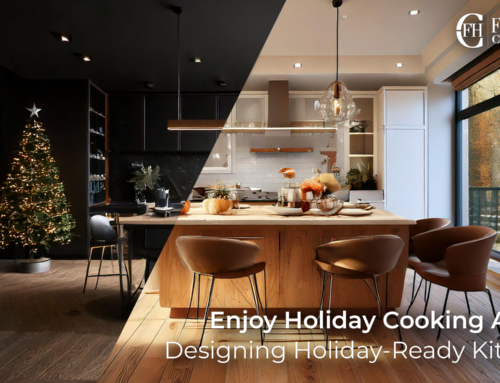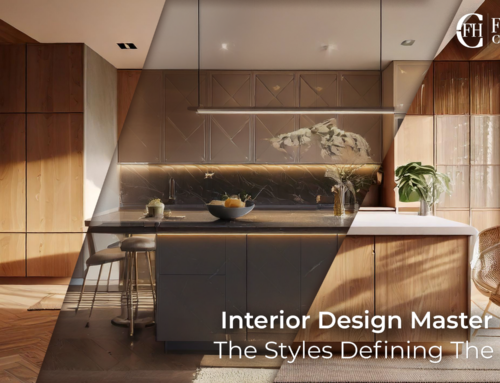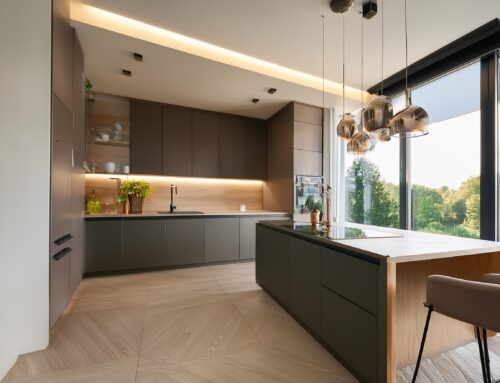When it comes to designing your kitchen, lighting is one of the most important aspects to consider. Proper lighting can make your kitchen look more attractive, functional, and comfortable. But with so many different types of lighting fixtures and bulbs available, it can be difficult to know where to start. In this guide, we will provide you with everything you need to know to illuminate your kitchen properly.
Types of Lighting
There are three main types of lighting that are commonly used in kitchens: ambient lighting, task lighting, and accent lighting. Ambient lighting is the main source of light in the room and is often provided by ceiling fixtures. Task lighting is used to illuminate specific areas where you perform tasks such as cooking, chopping, or cleaning. Accent lighting is used to highlight certain features of your kitchen, such as a beautiful backsplash or a unique piece of artwork. When starting a kitchen remodel, it can be useful to identify which of these types of lighting your space lacks. A space with excessive ambient lighting but little task lighting can feel brightly lit, but hard to work in. Likewise a space with heavy task lighting but no ambient lighting can feel dark and disconnected outside of the well-lit work zones.
Lighting Fixtures
There are a variety of fixtures that can be used to provide each type of lighting. For ambient lighting, chandeliers, pendant lights, and recessed lighting are popular choices. For task lighting, under-cabinet lighting, track lighting, and pendant lights can all be effective. Accent lighting can be provided by spotlights, picture lights, or even small lamps.
Placement of Lights
The placement of your lighting fixtures is crucial to achieving the right balance of light in your kitchen. For ambient lighting, it’s best to have multiple fixtures spread throughout the room to avoid shadows. Task lighting should be placed directly over areas where you perform tasks, such as the stove, sink, or countertop. Accent lighting can be used to highlight specific features or areas of your kitchen that you want to draw attention to.
Cool vs Warm Lighting
When choosing bulbs for your lighting fixtures, you’ll need to consider whether you want cool or warm lighting. Cool lighting has a bluish tone and can make your kitchen look bright and clean. Warm lighting has a yellowish tone and can create a cozy and inviting atmosphere. Both types of lighting have their benefits, so it’s important to choose the one that works best for your kitchen.
Lightbulb Strengths
Another important factor to consider when choosing lightbulbs is their strength. The strength of a lightbulb is measured in lumens, and the higher the number of lumens, the brighter the bulb. For ambient lighting, you’ll want bulbs with a higher number of lumens to ensure that the entire room is well-lit. For task lighting, bulbs with a lower number of lumens can be used to avoid glare and make it easier to see what you’re doing.
Conclusion
In conclusion, lighting is an essential element in any kitchen design. By choosing the right types of lighting, fixtures, and bulbs, you can create a space that is functional, comfortable, and aesthetically pleasing. We hope that this guide has provided you with the information you need to illuminate your kitchen properly. If you have any questions or would like more information, please don’t hesitate to reach out to us.





